The Big Mistake or Keep Moving Forwards
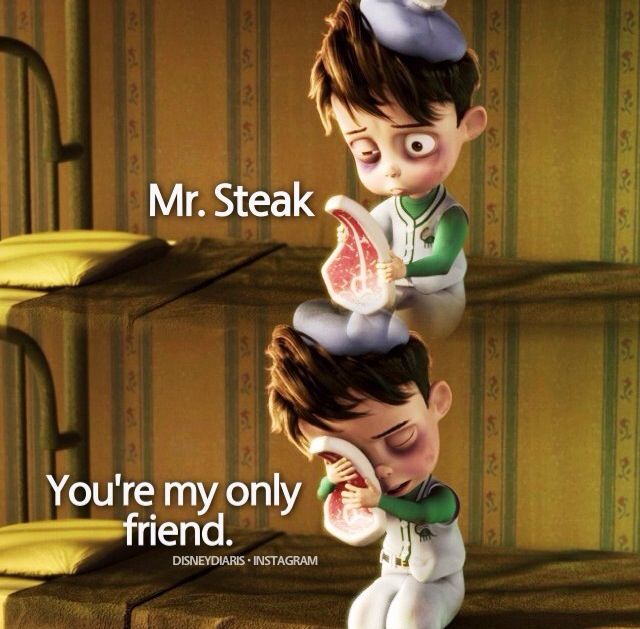
It goes like this: You have made or saved or borrowed a nice chunk of money and have decided to invest in yourself. After all, people have told you to invest in things you believe in and YOU believe in YOU!
In any case, people have been telling you they would love to see your art on _______. Those several or a dozen resounding voices start to sound like a whole lot of resounding voices. Everyone you've told thinks it's a great idea. It's ambitious but so are you! You look into production. You visualize yourself calling up retailers and people handing you money for the _______ that you now offer. It will be an enormous success! Nagging doubts be damned!
Why You Should Make Art (according to science)
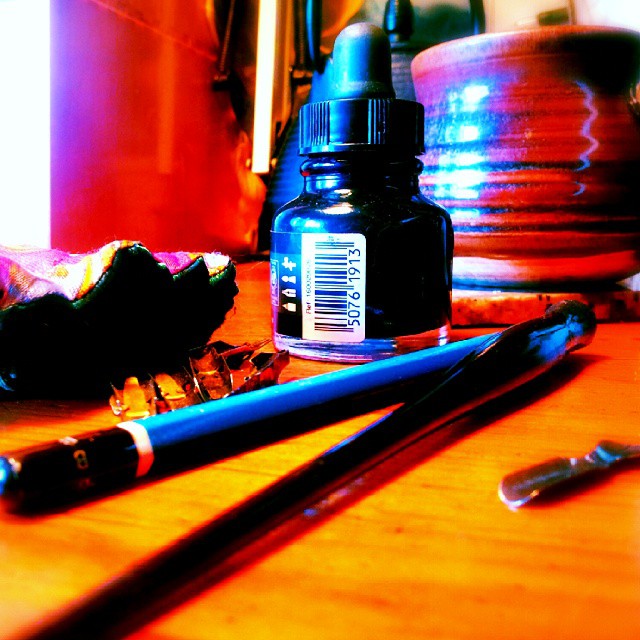
#5 - "Turning our problems into narratives can help us work through them" - is really a key part of my work. When I am thinking of what next to paint, I try to find works that help to guide me through my life, the preciously beautiful as well as the preciously tragic. The transference of thought into matter for no other reason than as an expression of ourselves and finding the patience to see it through, whether a napkin doodle or an epic painting, is an important part of our humanness to nurture.
And if it is only to make us happy and healthier humans - well, that's not so bad. After all, happier healthier humans make better choices for themselves and others. In my opinion, it makes for a better planet to live on.
The Value of F***ing Around
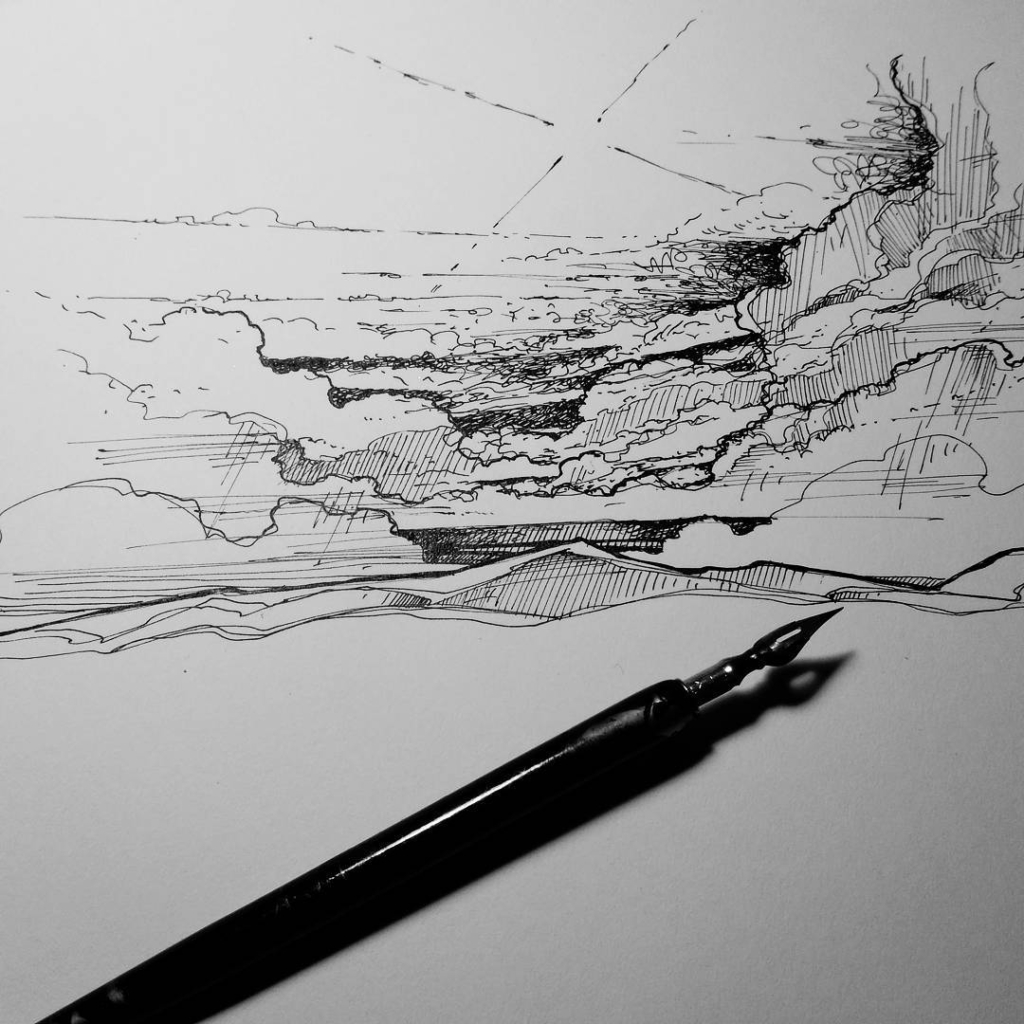
As an artist, they say, you should always be producing. And it should be better. And more. And also more better. And, the older you get, the more this adage echoes through your mind. Does what I'm doing have value? Is this worth the time I'm spending on it? How long until it's done and how will it compare to previous works? And so on. The questions, the inquiries, the pressures, the doubts - they're endless.
Looking back on the early days of my artistic career, I see a person who found value in creation for the sake of the thing. I just knew I wanted to make it. I had to. And I had nothing to compare it to. I had no previous sales. I had a small collection of work but not enough that I had a spectrum of pieces to compare anything to. There was no endless feed of social media to insert it into. I had only pen and paper, brush, canvas and paint, coupled with a will to simply create.
You’ve Got to Carry That Weight (or that flame) a Long Time
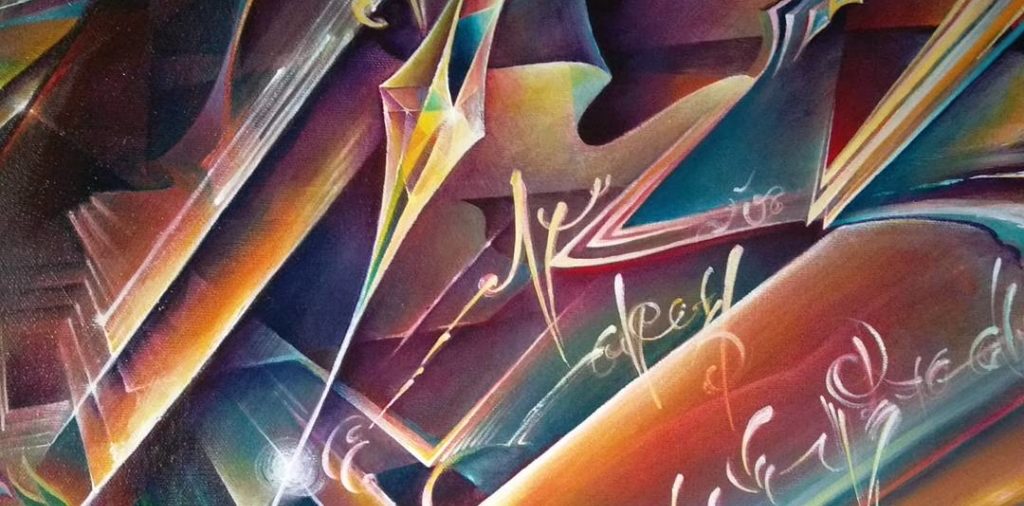
"Sometimes when I don't post enough progress shots, people begin to say I've lost it-- Maura is washed up. This is never the case. I work diligently, every day, motherf***ers."
Maura Holden
Some time back, I came to a pivot point in my work and my understanding of the well from which I draw my inspiration.
This One Trick Will Make You a Successful Artist
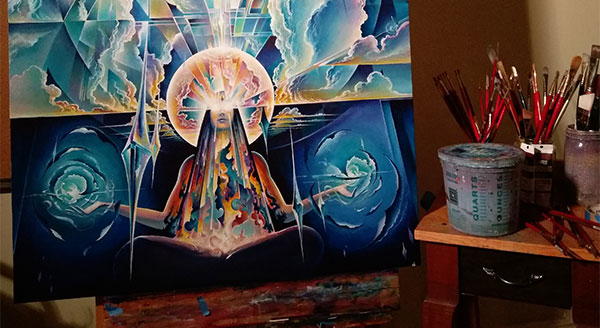
The trick - the secret - to being a successful artist is that - and I'm going to tell you right in the beginning and not make you wade through pages of text and links - and that's good because no one has time for that because the secret of artists everywhere of all kinds and shapes and sizes is that, first and foremost, you have to MAKE art.
And keep making art.
Painting the Feeling
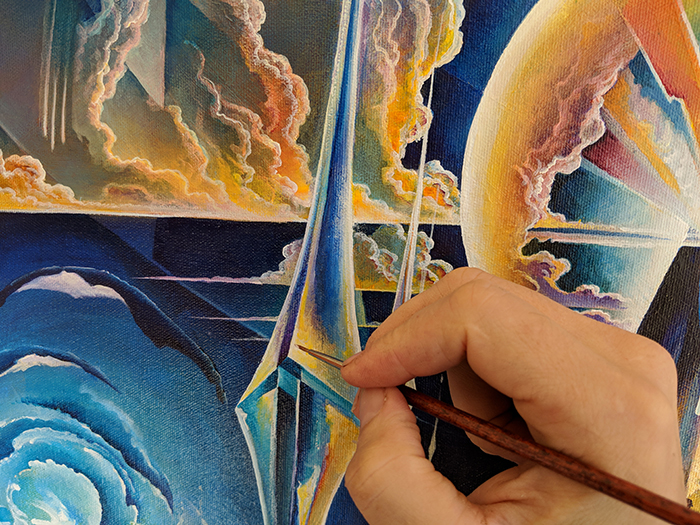
When you decide to be a painter - and I mean the painterly sort who is rendering shapes and objects and emotions - I think it's important to always remember that you aren't merely painting a representation of the thing, you are painting THE thing. It's not a cloud. It's all your feelings and ideas and archetypes of clouds. It's not a leaf, it's how the leaf feels and where it resides in your world. A successful painting has not only the subjects arranged and objects properly rendered according to your style and taste, but most importantly it captures the feeling, the sensation those objects and subjects are intended to evoke. For me, it always comes back to 'but how does it FEEL?' and I work outwards from there. I think the second mark of success of an artwork is that others can feel it too, without words or explanation. Then I feel we've really accomplished something.
The Tyranny of the Real
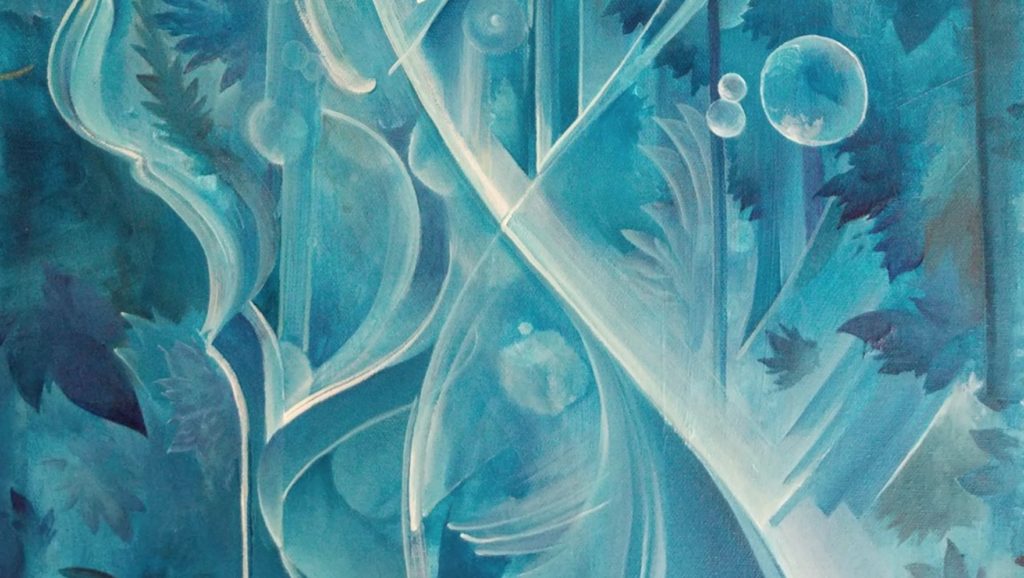
When, as an artist, you choose to include 'the real' in your work - and I mean actual real objects or even just corners and elements thereof - you know, things like faces or noses or hands or leaves or cornices - you've stepped into the territory of 'having something to say' because now we are creating relationships. No object exists within a vacuum. All things have some meaning.
And don't try to throw out meaning. The Surrealists already did that. They threw out meaning in an effort to foster the random associative quality of the subconscious mind. Cool. Cool. We'd never done that before - as a culture. But now we have broader understandings of scopes of our creative selves. We're playing with more than just the subconscious. We're exploring the subconscious, the id, and the superego all together.